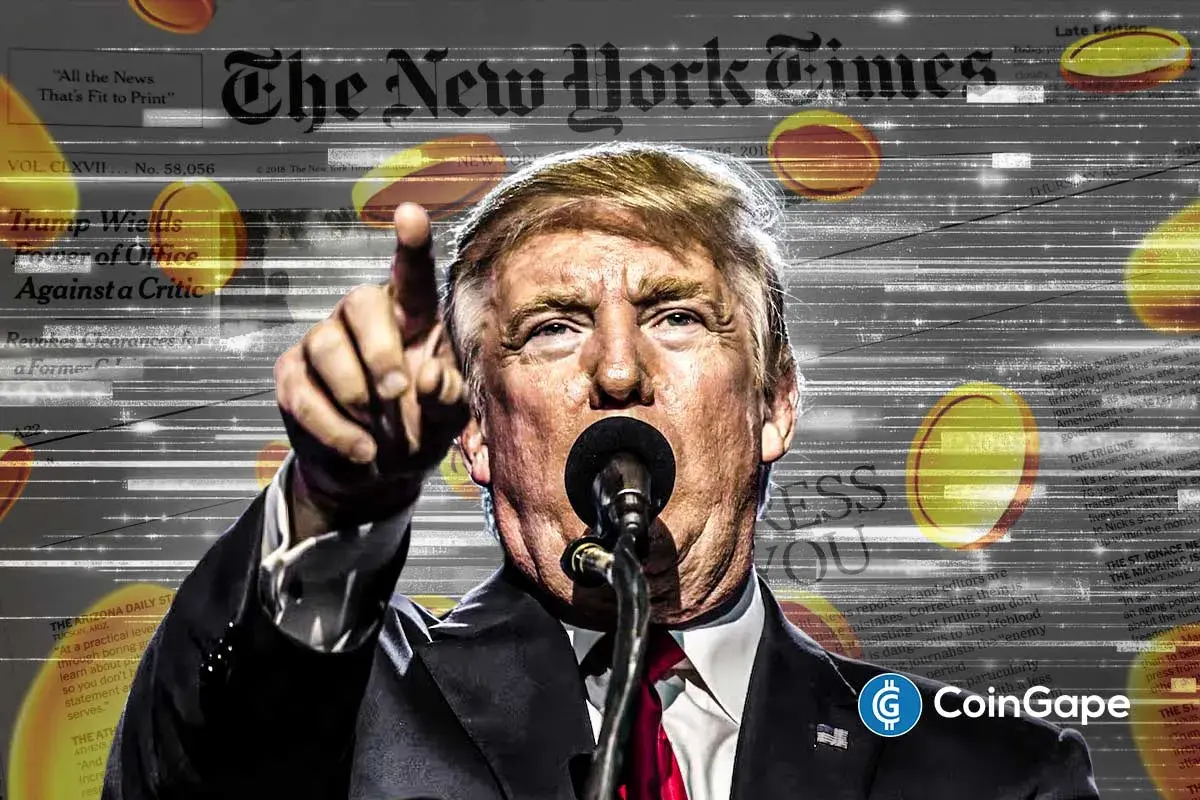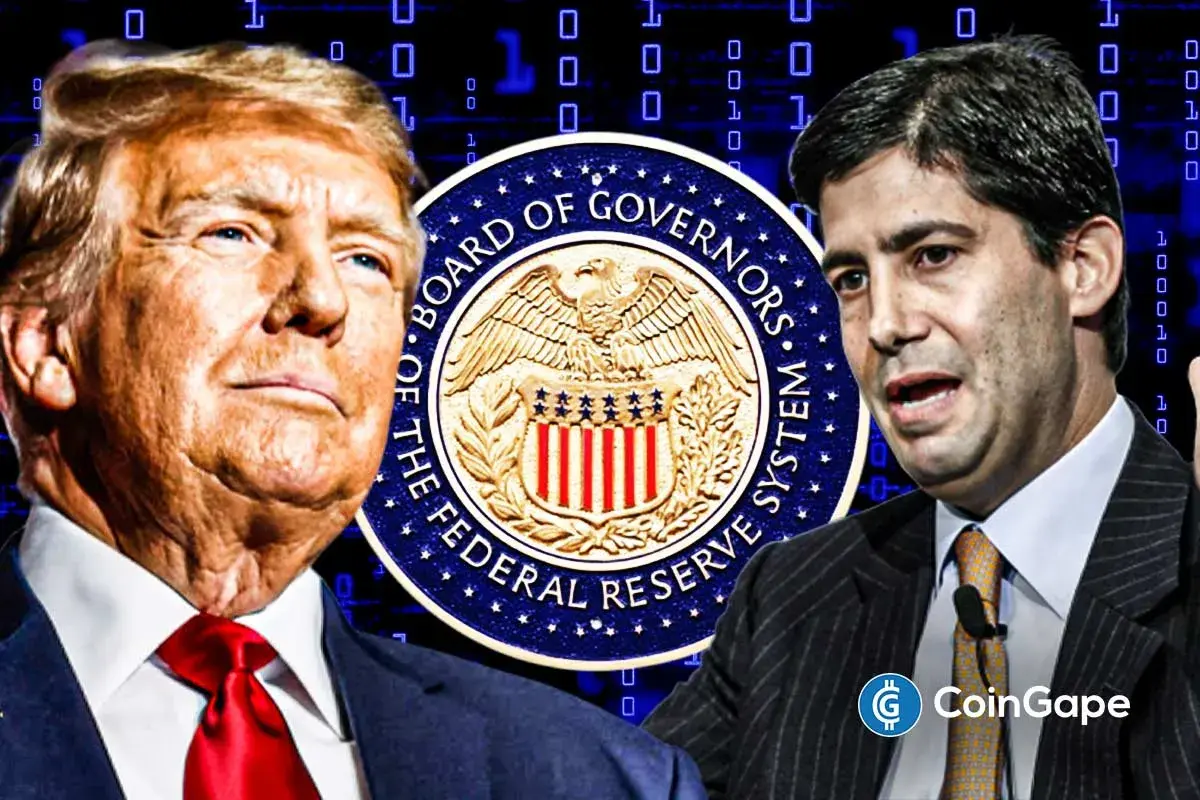Senate Pushes Defense Secretary Austin To Adopt Blockchain For Military

Highlights
- Senate directs Defense Secretary to explore blockchain for military supply chain and security enhancements.
- Required briefing by April 2025 to cover pilot programs, risks, benefits, and global adoption.
- Reflects growing government interest in blockchain and cryptocurrency technologies for national security.
The United States Senate Committee on Armed Services has taken a significant step towards integrating advanced technology into national defense. As part of the fiscal year 2025 National Defense Authorization Act (NDAA) report, the committee has directed Secretary of Defense Lloyd Austin to investigate potential applications of blockchain technology within the military. This directive, issued on July 9, focuses particularly on enhancing supply chain management and strengthening national security.
Required Briefing and Key Areas of Focus
The U.S. Senate Committee on Armed Services in a recent report has directed Defense Secretary Lloyd Austin to explore blockchain technology for military applications, particularly in supply chain management and national security. This directive, part of the fiscal year 2025 National Defense Authorization Act report issued on July 9, recognizes blockchain’s potential to enhance defense supply chain integrity and data security.
Secretary Austin is required to provide a briefing by April 1, 2025, outlining plans for blockchain integration in national security applications. The briefing must address pilot programs, benefits and risks, current adoption in industry and by foreign countries, and implementation feasibility.
This move coincides with growing political interest in cryptocurrencies. The Republican National Committee recently included support for Bitcoin mining and digital asset self-custody in its draft policy platform. This development signifies increasing recognition of blockchain and cryptocurrency technologies in U.S. government and military planning, potentially shaping future national security strategies.
Also Read: BlackRock & Grayscale Bitcoin ETF Grab Investment From Iowa Bank, What’s Next?
Cooling US Labor Market Sparks Fed Rate Cut Speculation
Recent economic data shows a cooling labor market. The U.S. Bureau of Labor Statistics reported that 206,000 jobs were added in June, exceeding expectations but lower than May’s 272,000. The unemployment rate rose slightly to 4.1%. Average hourly earnings increased by 0.3% to $35, slightly below market forecasts.
Job gains were primarily seen in government, healthcare, social assistance, and construction sectors. With both inflation and the labor market showing signs of slowing, there’s increasing speculation about potential Federal Reserve rate cuts, with major Wall Street firms anticipating cuts as early as September.
The exploration of blockchain technology by the military, coupled with these economic shifts, could have significant implications for future defense strategies and technological advancements in national security.
Also Read: Germany Govt Begins Another Huge Bitcoin Selloff, But There’s A Catch
- President Trump Allegedly Got Paid to Settle Crypto Cases: NYT Report
- Metaplanet CEO Teases “Crucial” Bitcoin Buy Decision at Upcoming EGM, Stock Wavers
- Crypto Market Eyes Bounce as Traders Await U.S CPI Data, Jobless Claims and BOJ Rate Decision
- Bitcoin Faces Slide Towards $70K as Japan Rate Hike Odds Spike
- Michael Saylor Signals Another Bitcoin Buy as Market Sentiment Slips into Extreme Fear
- Will Bittensor Price Break Above $400 After First TAO Halving Tomorrow?
- Expert Predicts Bitcoin Price Crash to $75k as ETF Inflows Fall, Treasury Companies Plunge 83%
- HYPE Price Jumps 8% as Open Interest Hits $1.61B — Is $50 Next?
- Is Solana Price Poised for a +50% Bullish Rally? Here’s What to Expect
- Top 3 Price Predictions for Bitcoin, Ethereum, and XRP in DEC 2025
- Will Chainlink Price Break Toward $20 After 84K LINK Reserve Increase?
















